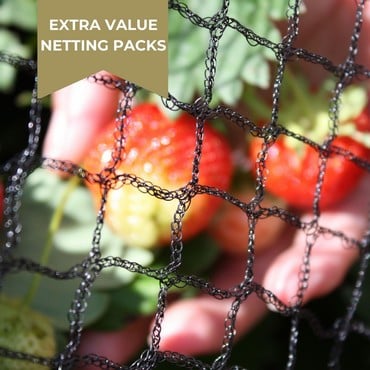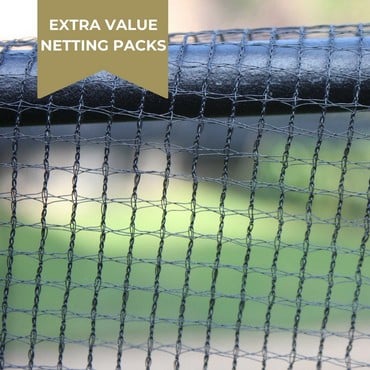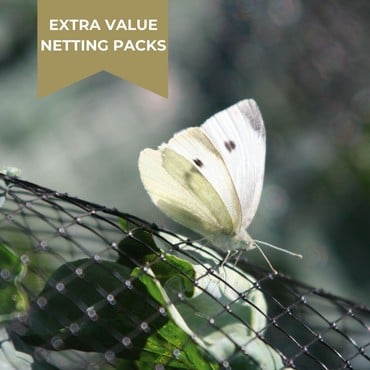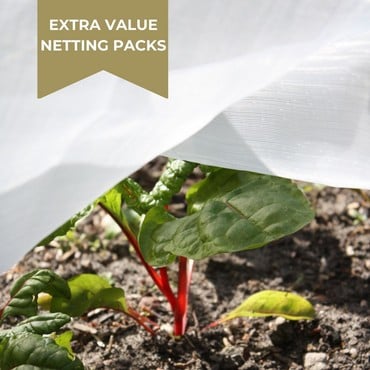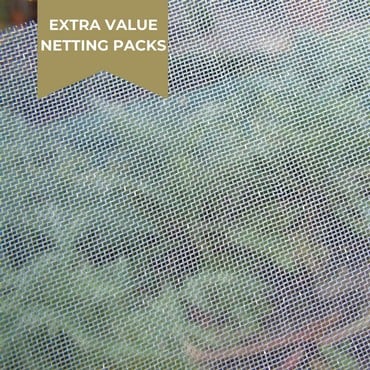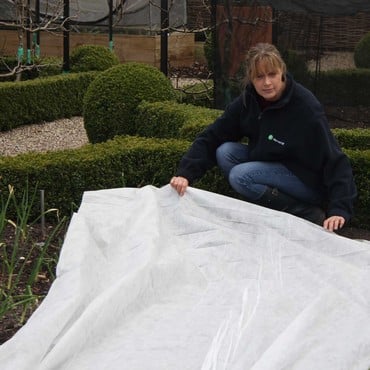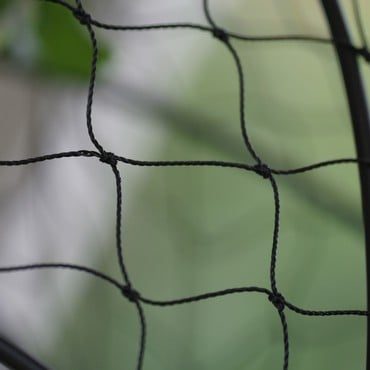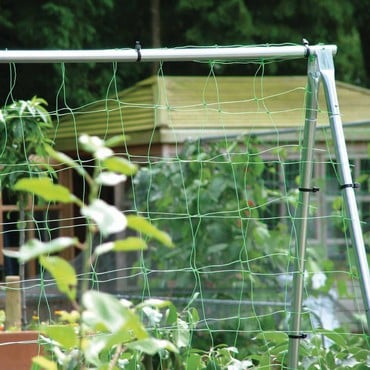Garden Netting is a real gardening must have to protect your fruit and vegetable plants from pests, support climbing plants, prevent weather damage and lots more. We have been suppliers of netting since 1954 so know a thing or two about it and here are our Top 10 Garden Netting Tips!
- Choose the right netting – with so many types of netting its crucial to know what you are trying to stop, it may be bird netting to protect your strawberries or fleece to protect tender plants, but remember to be sure you are stopping the right pests.
- Check the quality – with lots of cheap netting available on the market, what seems like a good deal may not pay off in the long run. If you want the netting to last look out for terms like UV stabilised, high density, extruded, knotted and high tensile strength – all good indications that the netting will last and not fall apart in the first year of use.
- Soft or Rigid Netting – decide where the netting is being used. If the netting is being draped over supports or directly laid onto plants look for soft netting, for the sides of fruit cages, fencing or to support climbing plants look for a rigid netting.
- Buy netting pegs – perfect for securing the netting in place. There are a few to choose from depending on the netting you are using. Steel Ground pegs are ideal for larger mesh netting along with plastic ground pegs or our innovative net claw pegs are another option. These secure the net and also release the netting again easily. Tri Pegs are great for securing mesh and fleece or there are specific fleece/groundcover pegs you can use.
- Ask for free samples - a simple way to make sure you are getting the right netting before buying a big roll or netting pack.
- Keep some garden fleece handy – when a frost is forecast just drape some fleece over any tender plants to stop frost damage. When buying fleece the heavier the better. Look out for the weight of fleece as this is crucial in how much protection it provides against frost and how long it will last. Look for 30g fleece, this will last longer and will protect against frost, hail, wind and will also stop birds and insects.
- Greenhouse Shade Netting can also be used as windbreak netting – this versatile netting is ideal in the greenhouse to prevent plants scorching but can also be used in the garden as a windbreak net to protect plants from strong winds in exposed areas.
- Insect mesh is ideal to stop smaller pests damaging plants but it also will provide protection against wind, rain, hail and offers 20% shade. Ultra Fine Insect mesh will stop even the smallest pests.
- Fleece can be used to warm the soil early in the season and can be draped over frames and hoops to create a micro-climate enabling earlier planting.
- Cherry Tree sleeves made from insect mesh netting are perfect to cover individual branches and protect your fruit. These are much easier to secure than large pieces of netting, giving you more fruit to eat!
Our useful netting guide video has got a lot more information on all the types of netting we supply, but don’t hesitate to contact us if you have any netting queries.


















